The crowning glory of Chettinadu
Pillayarpatti Karpaga Vinayagar Temple is one of the ancient rock-cut cave temples in Tamilnadu. Located in between Sivagangai and Karaikudi in Sivagangai district, this is the most famous Vinayagar temple in South India. This village derives its name from the image of Lord Pillayar (Ganesha), known as Karpaga Vinayaka (Karpagam is a tree which grants all our wishes). The Lord is seated and appears with only two arms, the left being on the hip and right holding a Modhaka (‘Kozhukattai’ – the favourite dish of Lord Ganesha). The trunk is turned to the right. There is no sacred thread (Poonul) on this Ganesha sculpture.
The trunk of Vinayagar in this temple is curled towards his right in the Valampuri mode. This 6-foot-tall mammoth image of Ganesha is a bas relief in an excavated cave, off of a hill in the precincts of the temple. Tiruveesar is a Shiva Lingam carved in a similar manner in this temple. Other deities in the temple include Marudankudi Eesar (Lord who lives under Marudham tree) and his consort Vaadaamalar Mangai. Marudham tree is the sthala vriksham of this temple.

The temple has several inscriptions within the rock-cut shrines, as well as on the walls and mandapam outside. One of them helps to date the core layer of this temple to the 7th-century. Another notable inscription in the sanctum is more archaic, sharing paleographic features of Tamil Brahmi and early Vatteluttu. This has led to proposals that portions of this Vinayagar temple are likely older by a few centuries. The temple walls and mandapams have additional stone inscriptions from the 11th to 13th-century. In late 19th-century, during restorative excavation and repair work, panchaloga statues were discovered. These are dated to the 11th-century.
The temple in its contemporary form has many layers of additions and restorations completed over nearly 1,400 years. The earliest layer that can be dated with certainty is the 7th-century rock-cut cave temple. This rock-cut cave is attributed to Narasimhavarma, (650 CE). Several rock-cut Hindu gods and goddesses are displayed in this earliest layer. The cave also includes inscriptions and unusual iconography.
Interestingly, between the rock-cut Ganesha and the rock-cut Shiva shrine is another unusual bas-relief sculpture of a standing royal human form with two attendants. This has been variously interpreted as Ardhanarishwara (half Shiva, half Parvati) or Harihara (half Shiva, half Vishnu) or a king between two officials (King who constructed the temple). The difficulty and complexity with these interpretations is its simplicity, lack of classic emblems (icons), and the presence of certain icons. Researches are still going on to find out who is depicted in that bas-relief.

The sculpture of Pasupatheeswarar with a cow worshipping Lord Siva by offering his milk is one of the special feature of this temple. Kubheran (God of Wealth) had worshipped at this temple. Also adding to the sanctity, Goddesses Laxmi, Saraswathi and Durgai are found together at the same sanctum. Unlike other places the three Lingams Thiruveesar, Marudheesar and Senchadeswarar and the three Goddess Sivagami amman, Vaadamalar Mangaiamman and Soundara Nayagi amman all appear together at the same place and bless the devotees.

It is believed that by worshipping Kathyayini Amman at this temple, women get relived from sevvai dosham which prevent them from getting married. "Sabda Madhar" whom importance due to changing time are provided with a seperate sannidhi known as Sakthi sannidhi at this temple.

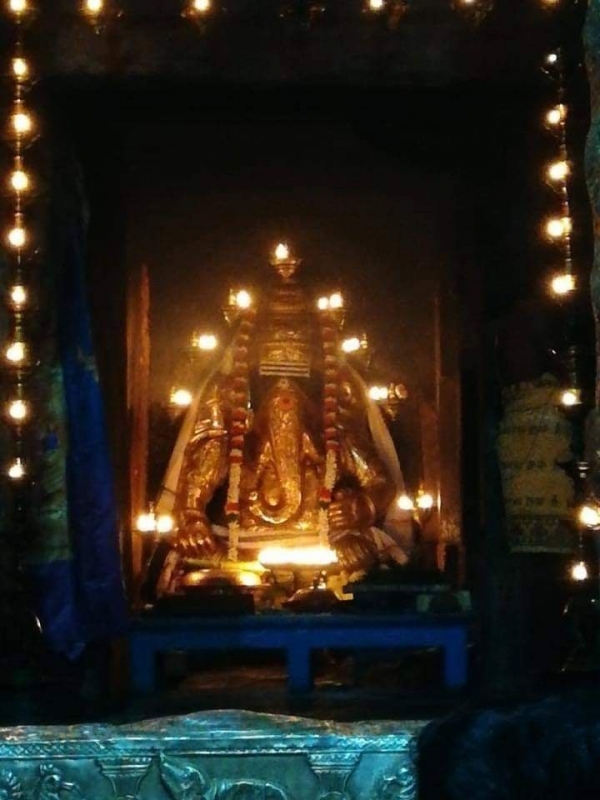



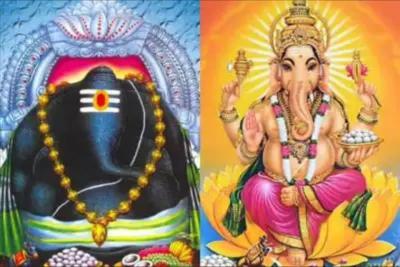
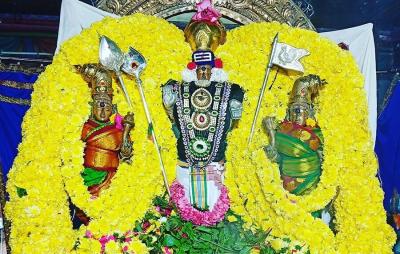
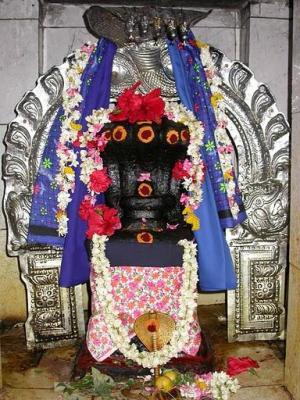
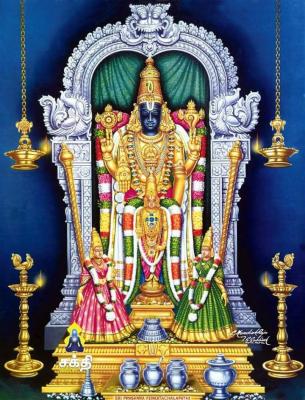
Leave a Comment